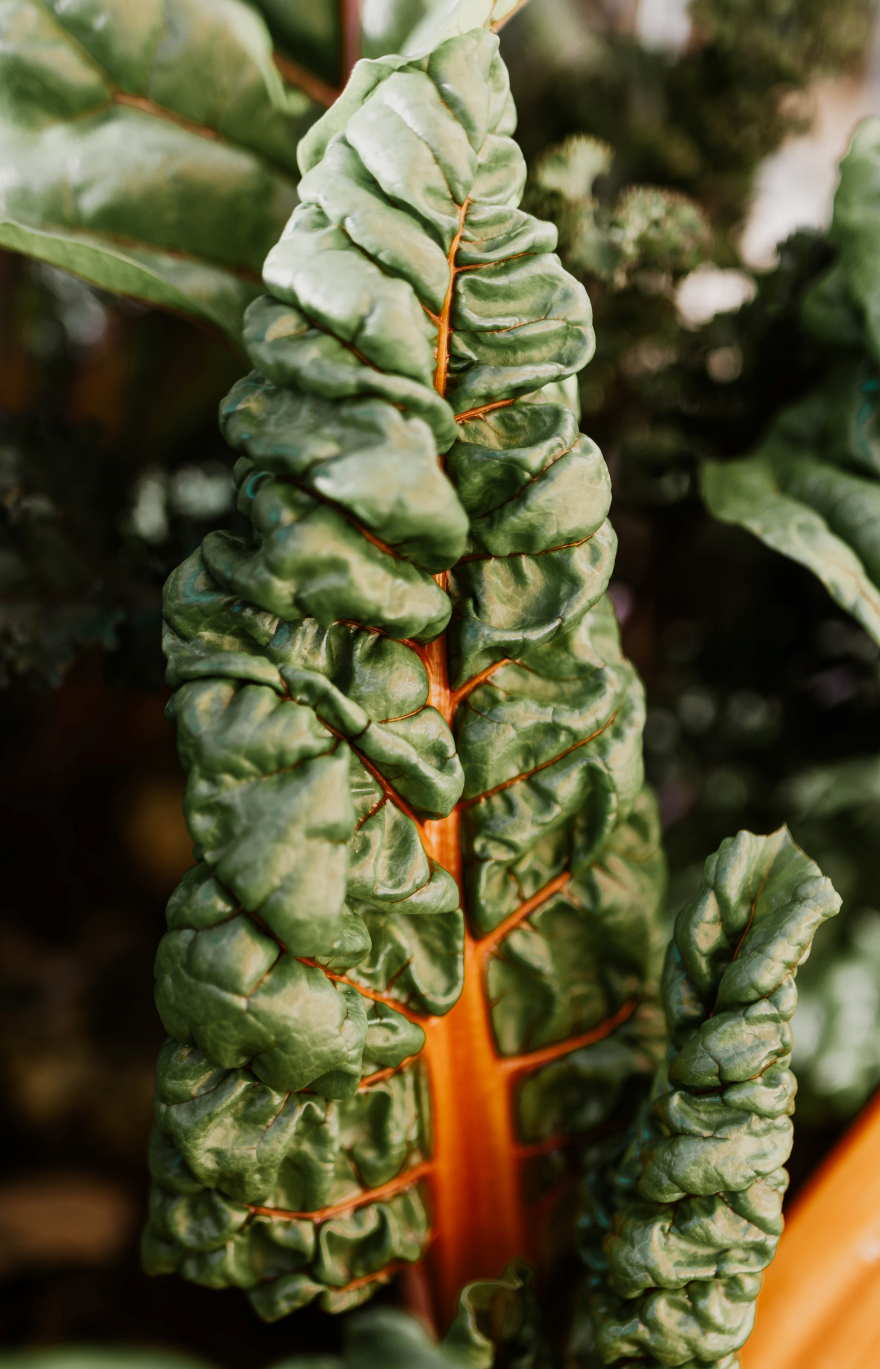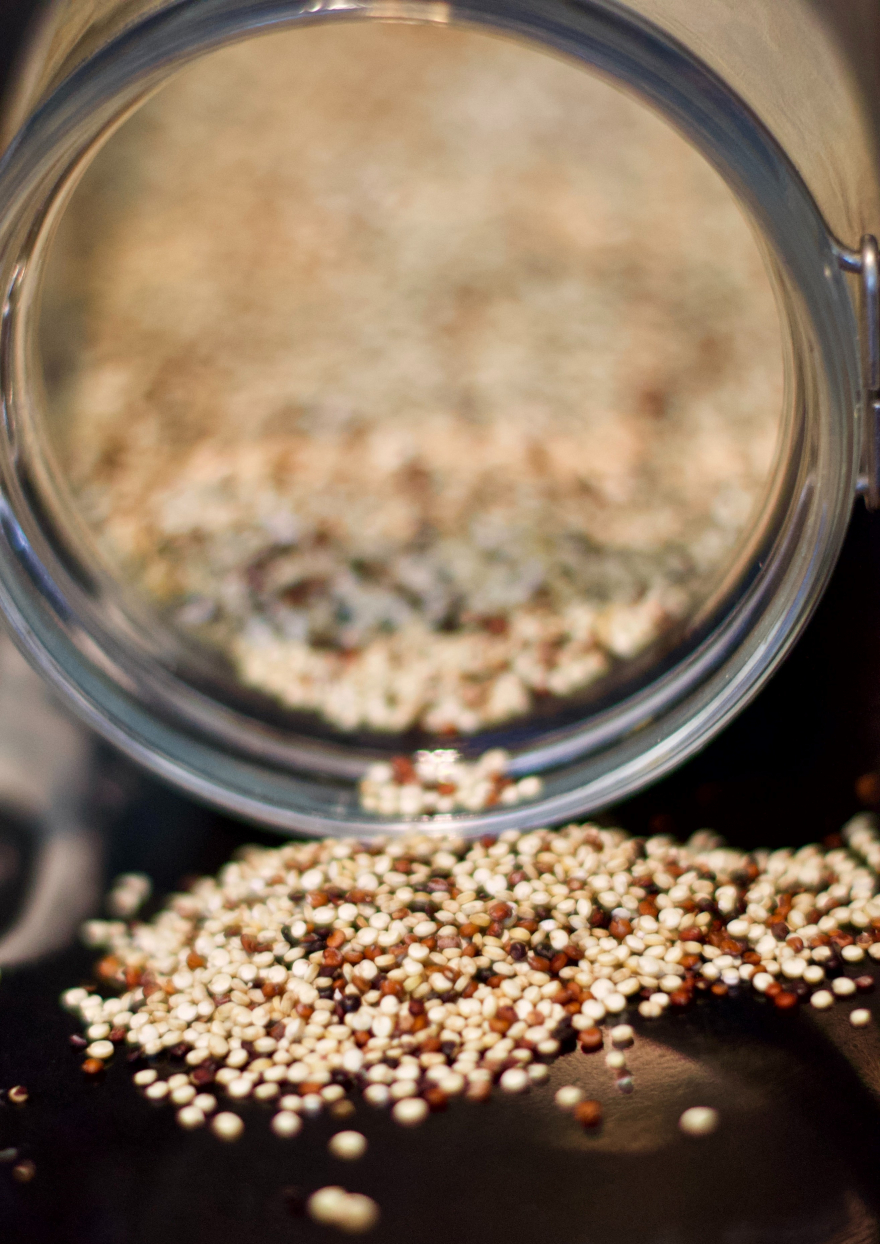The Pressing Matter of Iron
What is iron?
Iron is a mineral that the body needs for growth and development. Your body uses iron to make hemoglobin, a protein in red blood cells that carries oxygen from the lungs to all parts of the body, and myoglobin, a protein that provides oxygen to muscles. Your body also needs iron to make some hormones.
There are two types of iron – heme and non-heme. Heme comes from meat, fish and poultry and non-heme is found in plant-based foods.
How much iron do you need?
Average daily recommended amounts are listed below:
Life Stage Recommended Amount*
Birth to 6 months 0.27 mg
Infants 7–12 months 11 mg
Children 1–3 years 7 mg
Children 4–8 years 10 mg
Children 9–13 years 8 mg
Teens boys 14–18 years 11 mg
Teens girls 14–18 years 15 mg
Adult men 19–50 years 8 mg
Adult women 19–50 years 18 mg
Adults 51 years and older 8 mg
Pregnant teens 27 mg
Pregnant women 27 mg
Breastfeeding teens 10 mg
Breastfeeding women 9 mg
*Keep in mind that plant-based eaters need to double this amount as iron from plant-based foods (non-heme iron) is not absorbed into the body as readily as meat-based (heme iron).
When levels of iron stored in the body become low, iron deficiency anemia sets in. Symptoms of iron deficiency anemia include GI upset, weakness, tiredness, lack of energy, and problems with concentration and memory. In addition, people with iron deficiency anemia are less able to fight off germs and infections, to work and exercise, and to control their body temperature.
Good sources of iron?
1 cup of soybeans = 8.8 mg
1 cup chickpeas = 3.2 mg
1 cup lentils = 6.5 mg
1 cup quinoa = 6.3 mg
1 cup cooked spinach = 6.4 mg
1 medium potato = 3.2 mg
½ cup of kelp = 3.0 mg
1 cup tempeh = 4.5 mg
½ cup firm tofu = 3.4 mg
1 Tbsp Blackstrap molasses = 3.6 mg
½ cup lima beans = 2.3 mg
½ cup Swiss chard = 2.0 mg


Other foods include:
Tomatoes
Beets
Corn
Cabbage
Pumpkin Seeds
Brussels Sprouts
Black Beans
Brown Rice
Dark Chocolate
TIP: Your body will absorb up to 6 times more non-heme iron if you eat foods that are high in vitamin C at the same meal. Vitamin C is found in foods such as: Broccoli; citrus fruits and juices such as orange, grapefruit, tangerine; kiwi; strawberries; sweet peppers.
So, the next time you have spinach or Swiss Chard, squeeze some lemon juice over it, or the next time you have some quinoa, cut up some sweet peppers to add into it.
Just sayin’ is all.
www.facebook.com/veganvagabonds1
New-to-Veganism Neighbourhood | Facebook
For more information on my online course for new and/or struggling vegans entitled, “The Vegan Journey: A Beginner’s Pathway (tips/tools/support)”, please go to the menu item Vegan Support Pathway.
DISCLAIMER: None of the information in this document is a substitute or replacement for information that should be obtained by your medical practitioner and/or registered nutritionist. Please contact these persons for answers to your health and nutritional questions.
